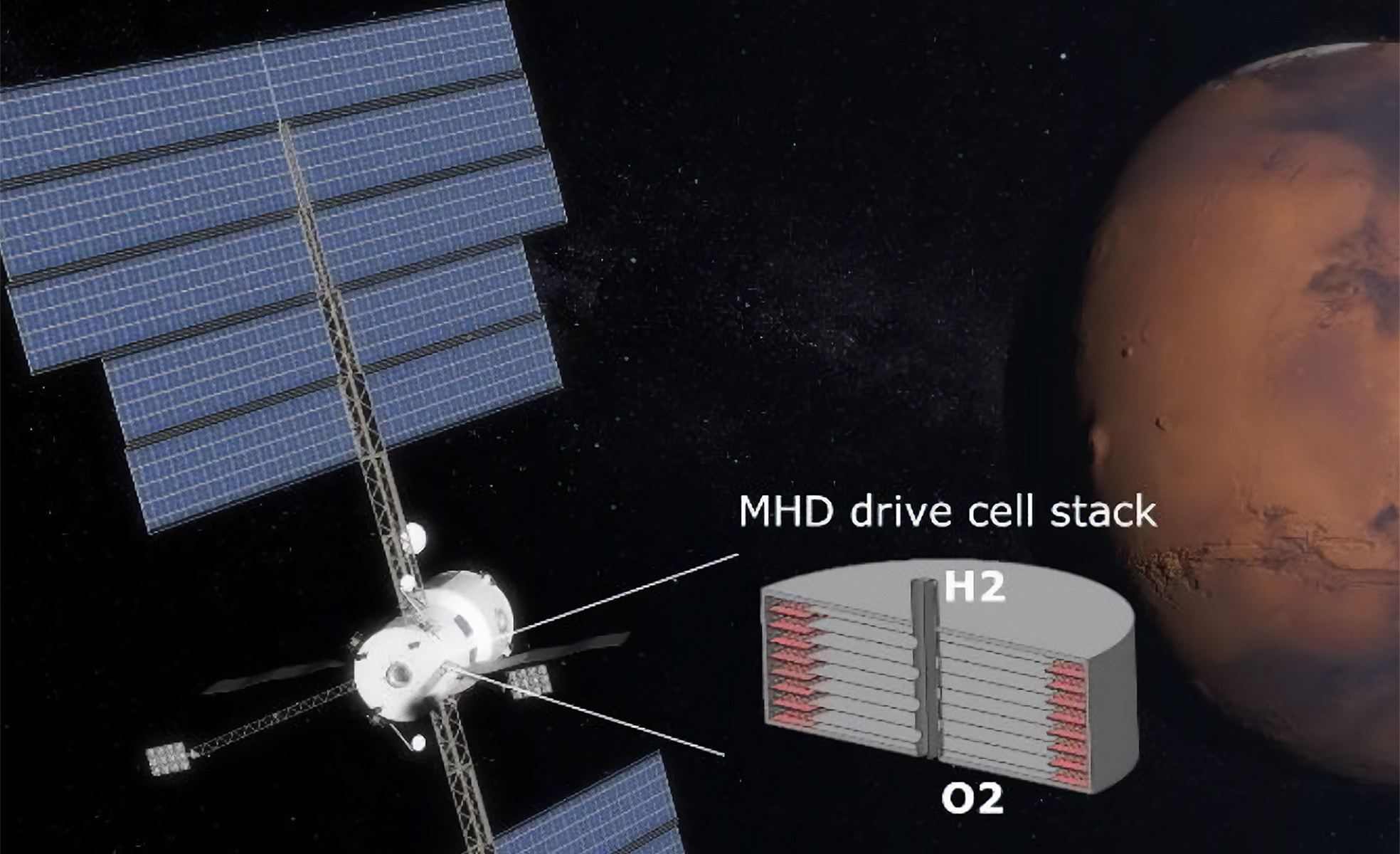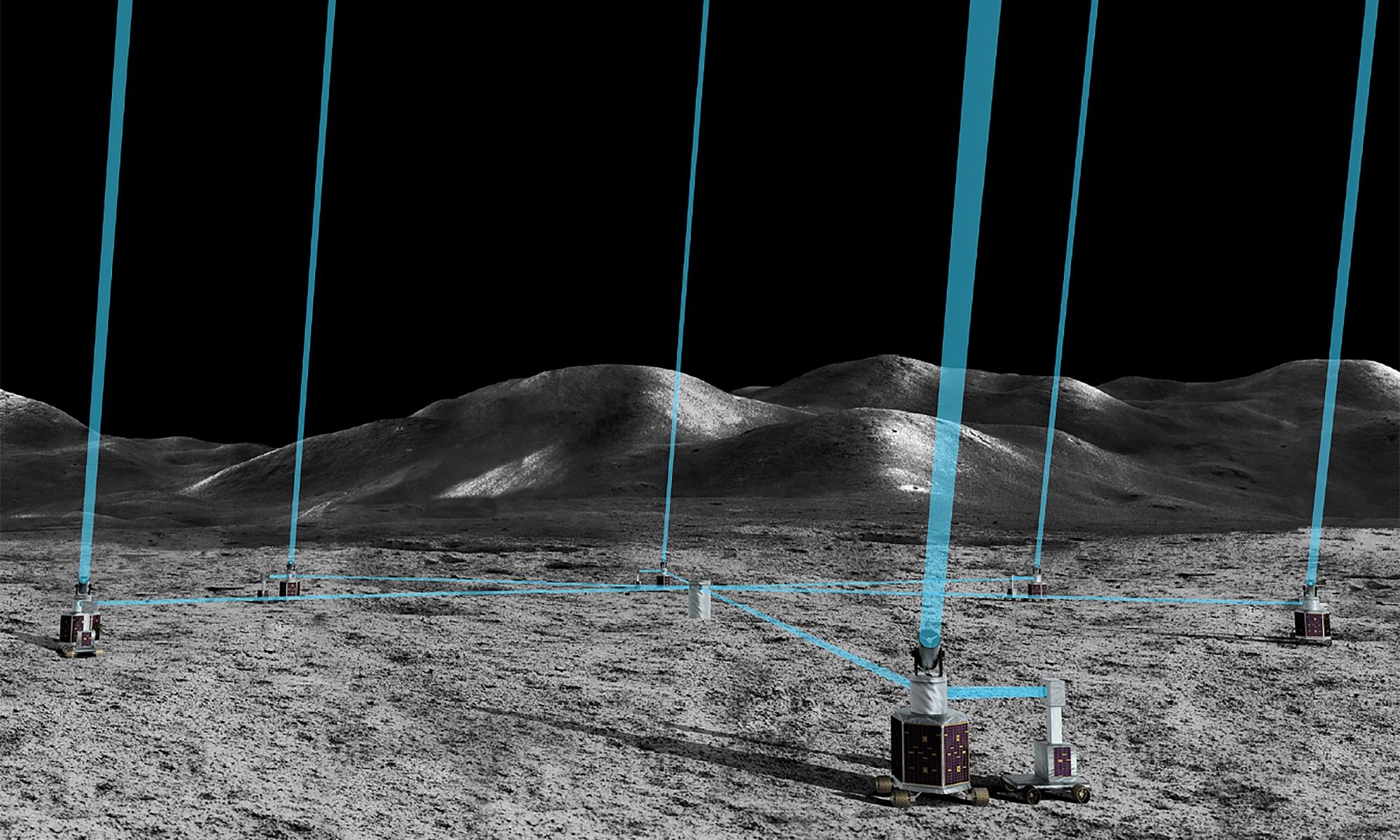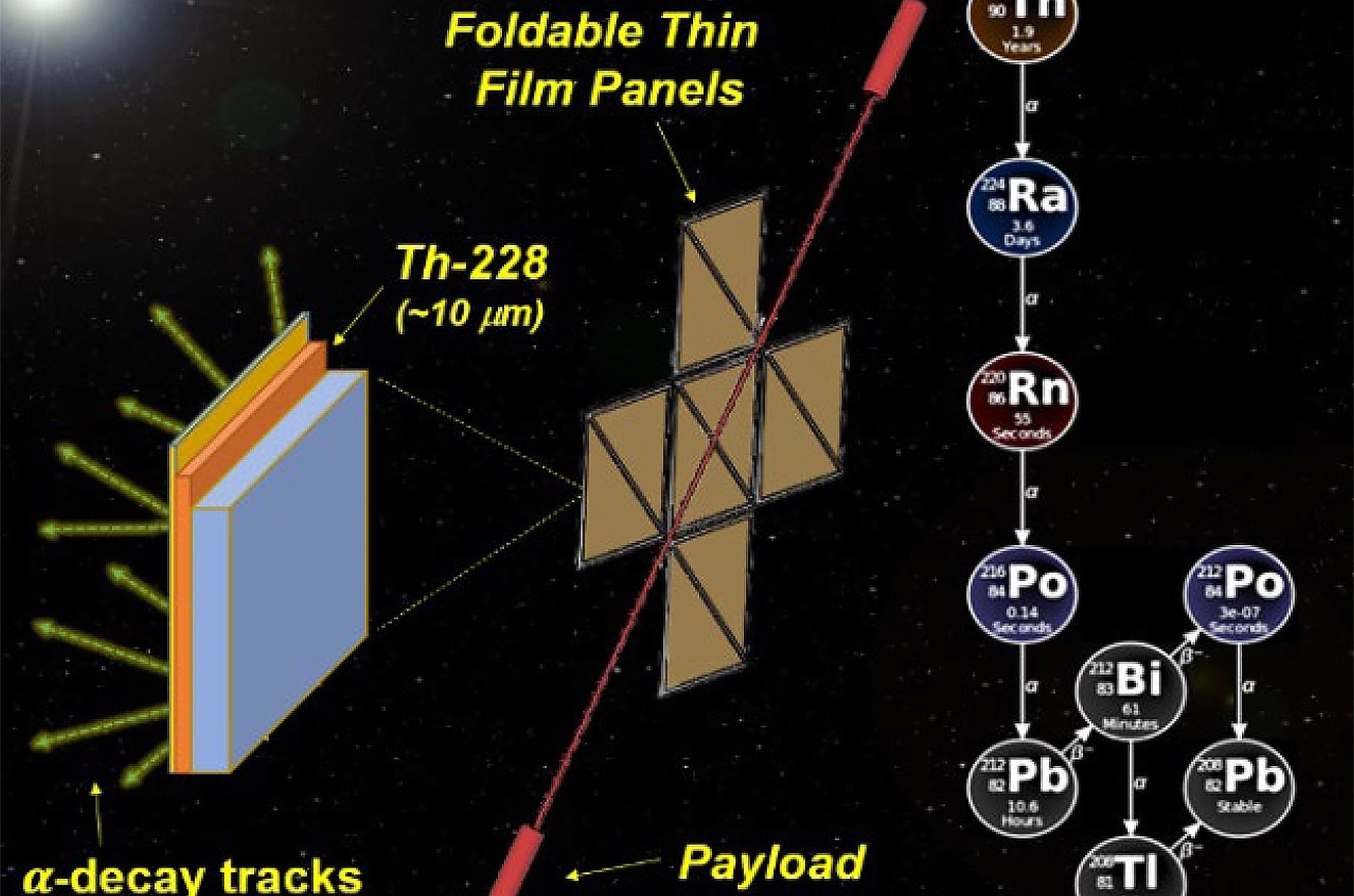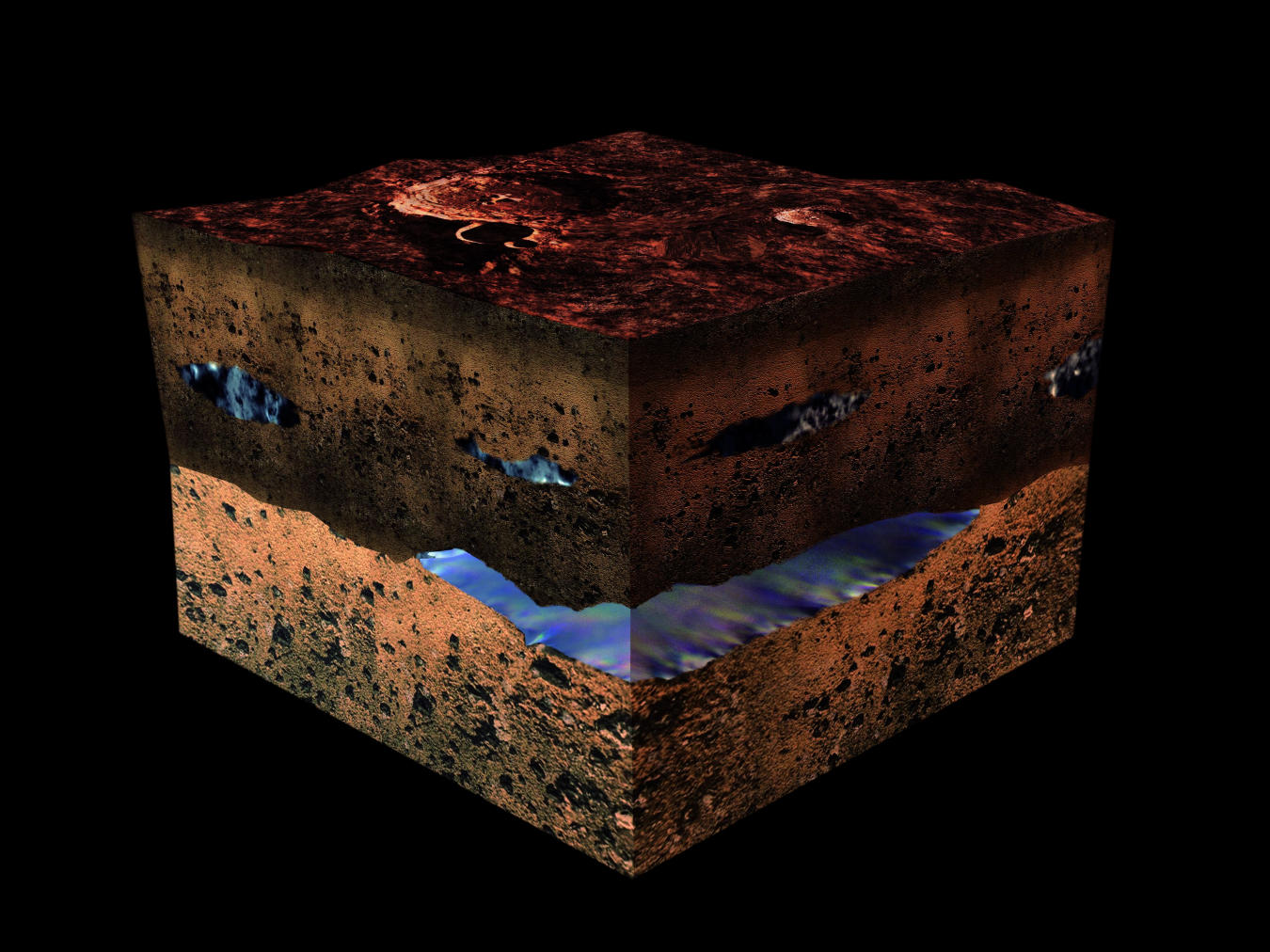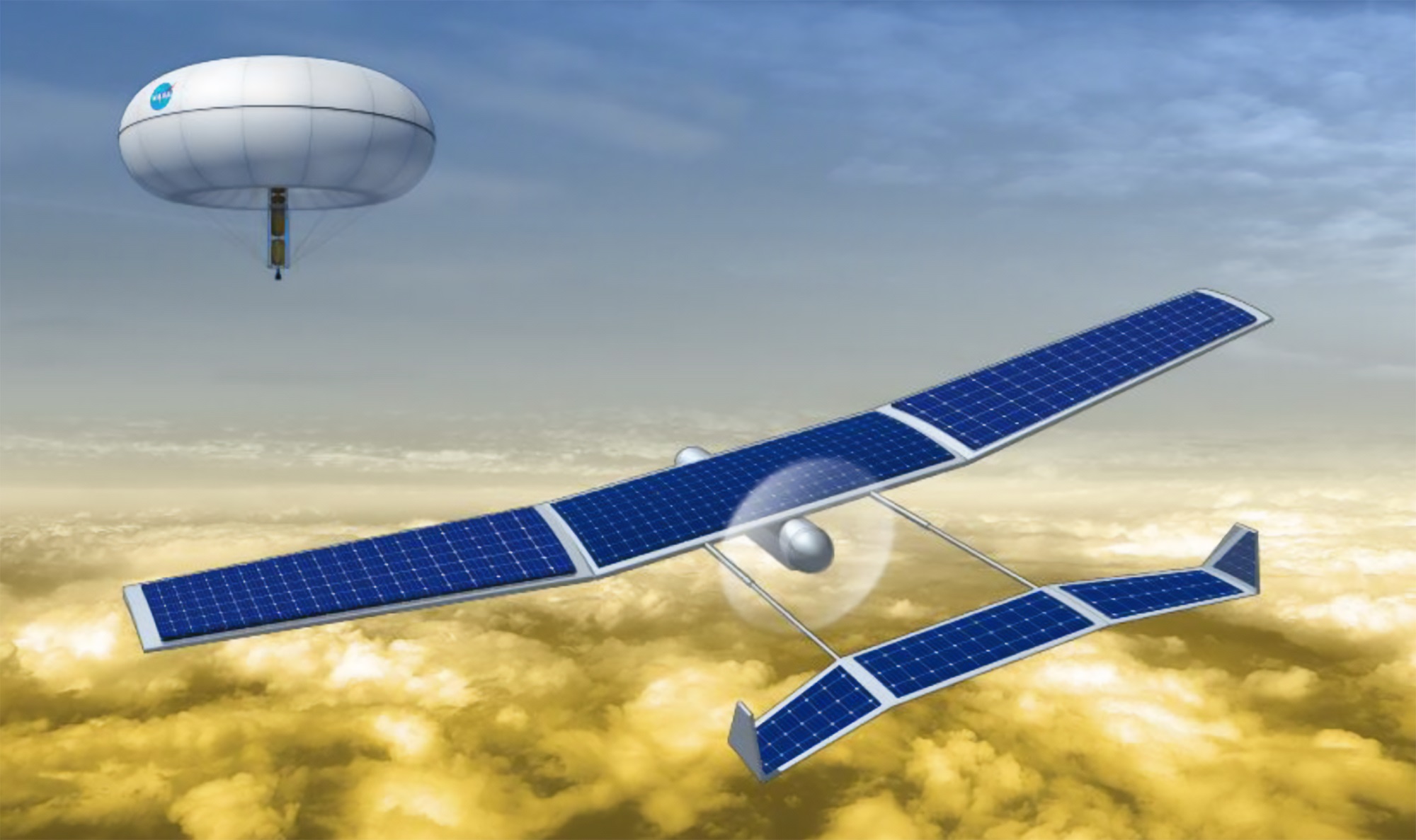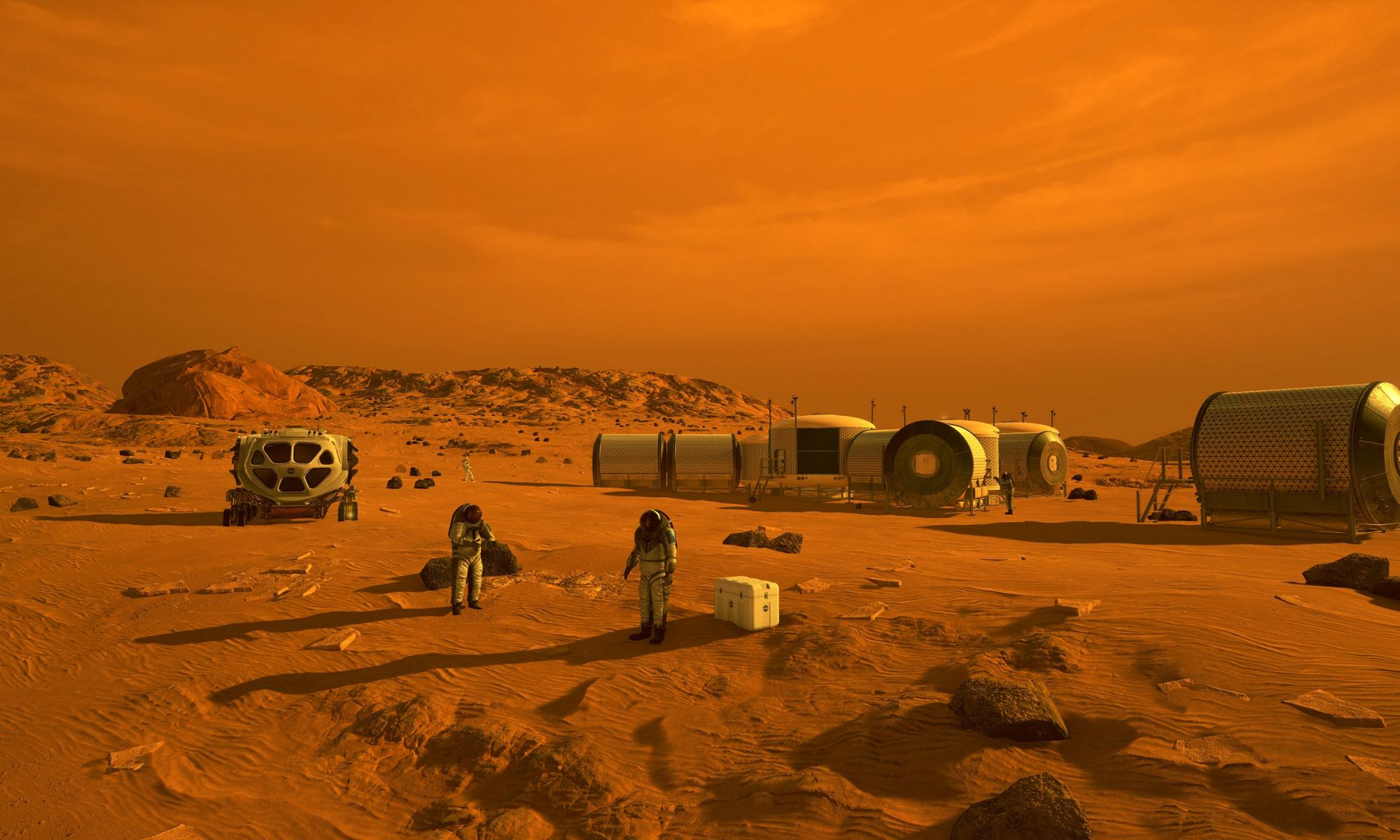The future of space exploration includes some rather ambitious plans to send missions farther from Earth than ever before. Beyond the current proposals for building infrastructure in cis-lunar space and sending regular crewed missions to the Moon and Mars, there are also plans to send robotic missions to the outer Solar System, to the focal length of our Sun’s gravitational lens, and even to the nearest stars to explore exoplanets. Accomplishing these goals requires next-generation propulsion that can enable high thrust and consistent acceleration.
Focused arrays of lasers – or directed energy (DE) – and lightsails are a means that is being investigated extensively – such as Breakthrough Starshot and Swarming Proxima Centauri. Beyond these proposals, a team from McGill University in Montreal has proposed a new type of directed energy propulsion system for exploring the Solar System. In a recent paper, the team shared the early results of their Laser-Thermal Propulsion (LTP) thruster facility, which suggests that the technology has the potential to provide both high thrust and specific impulse for interstellar missions.
Continue reading “Ground-Based Lasers Could Accelerate Spacecraft to Other Stars”

